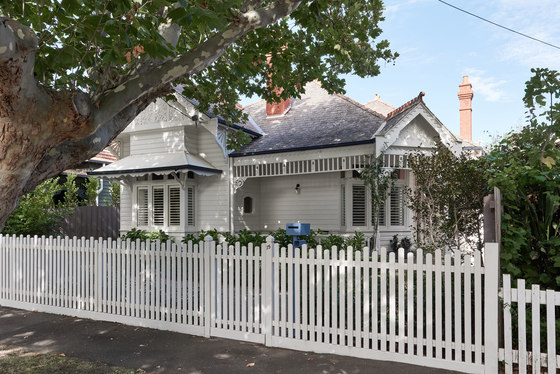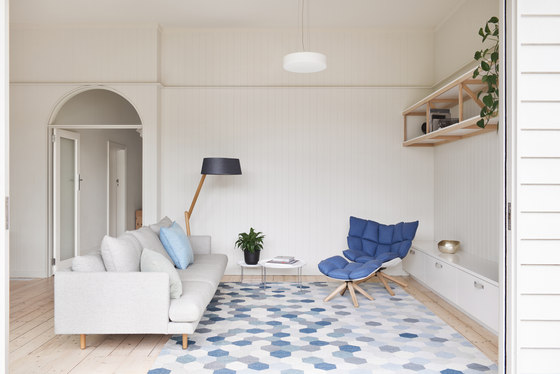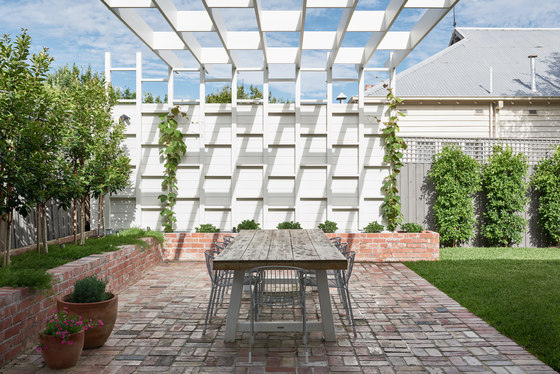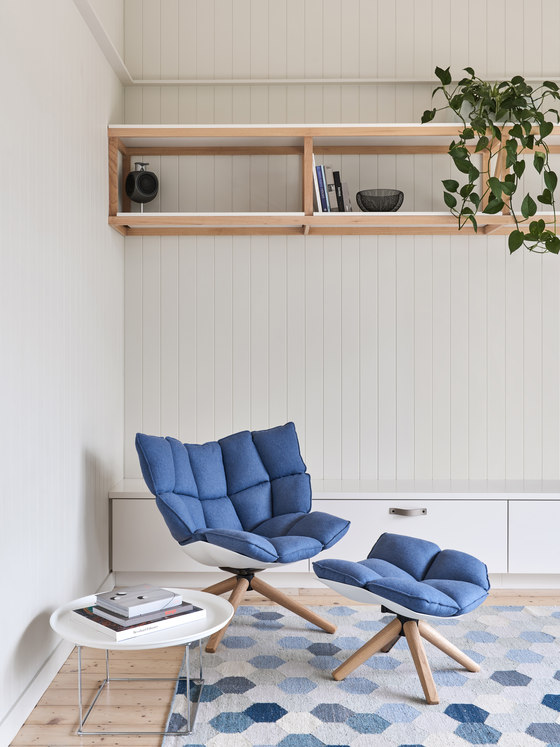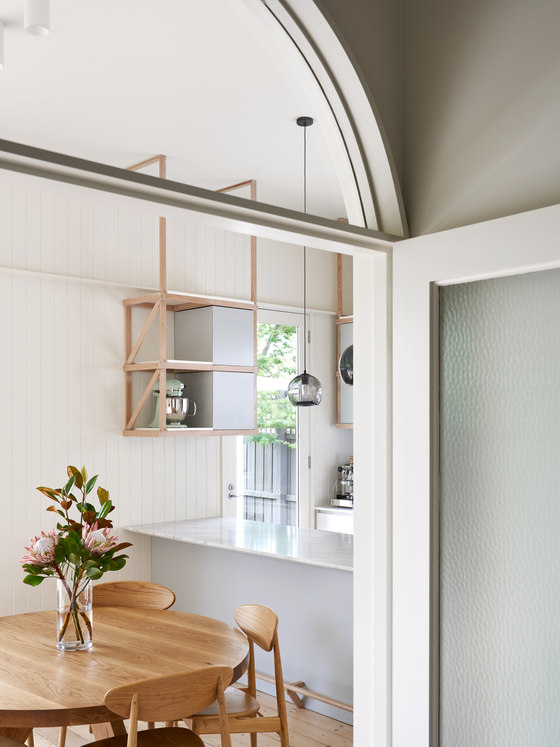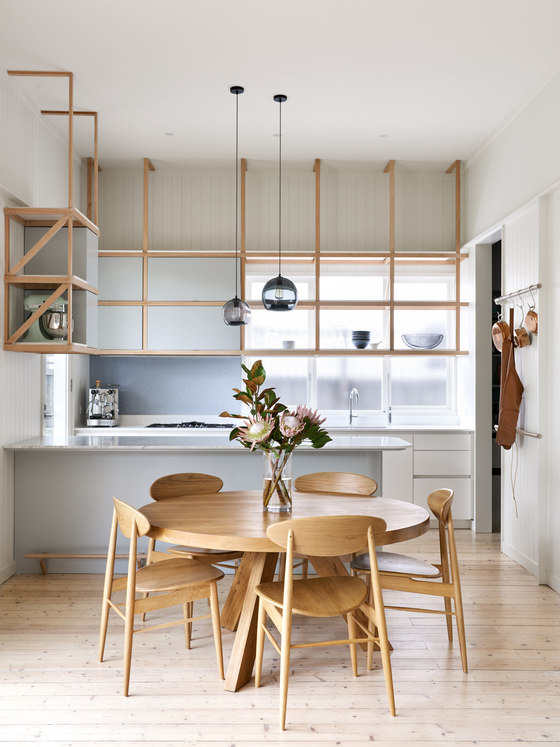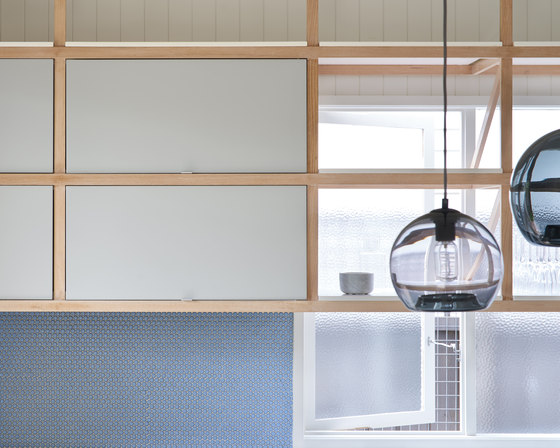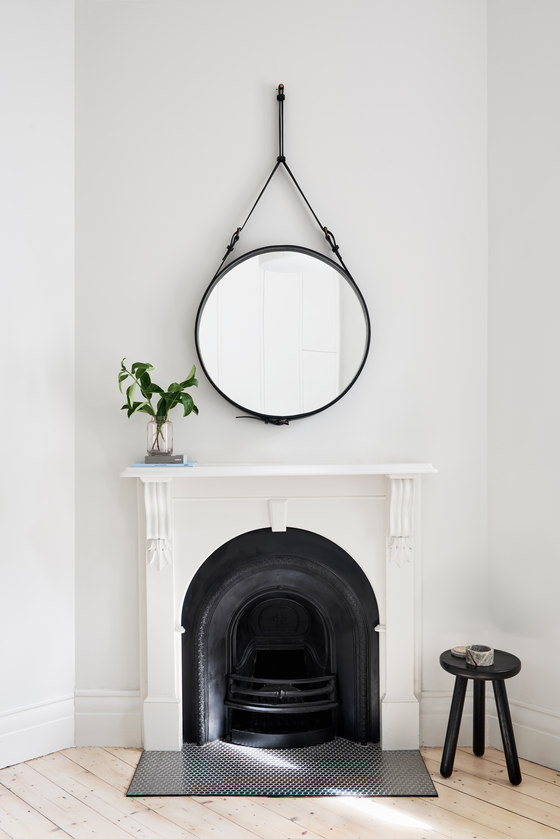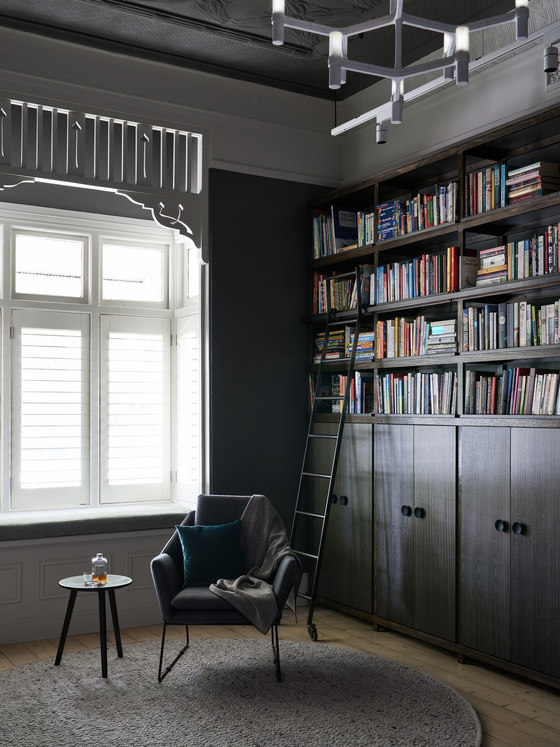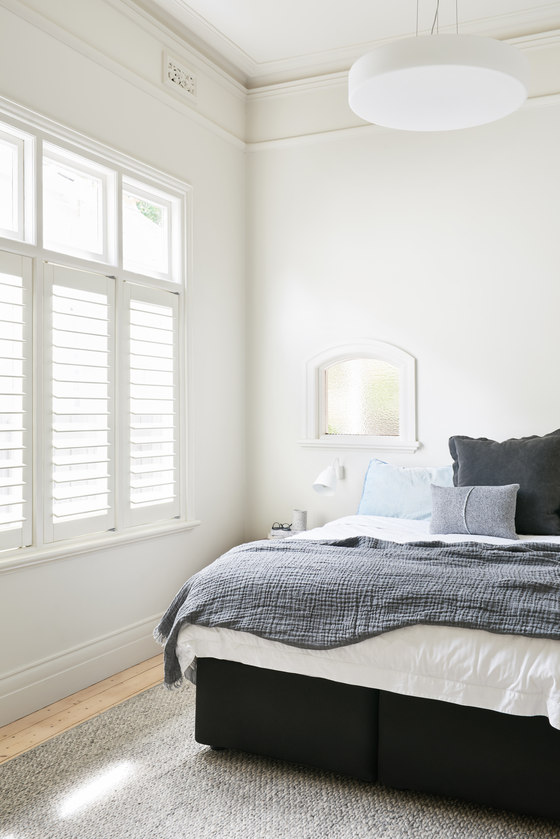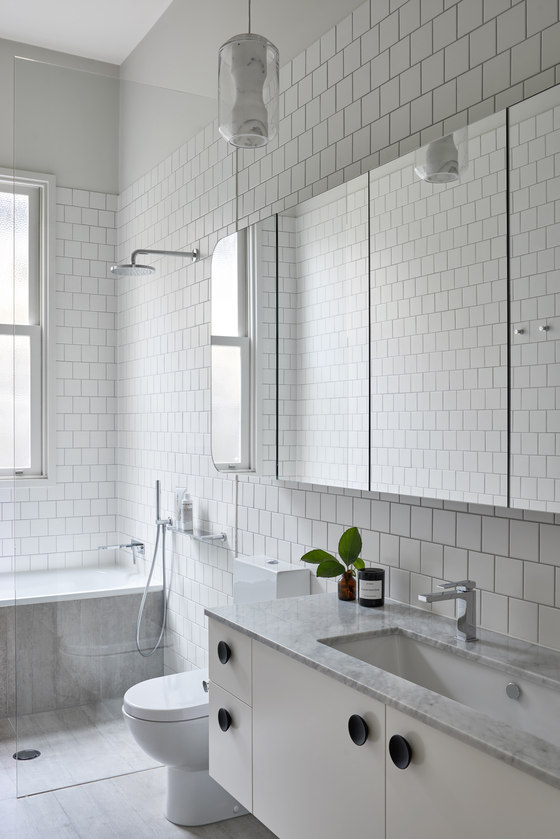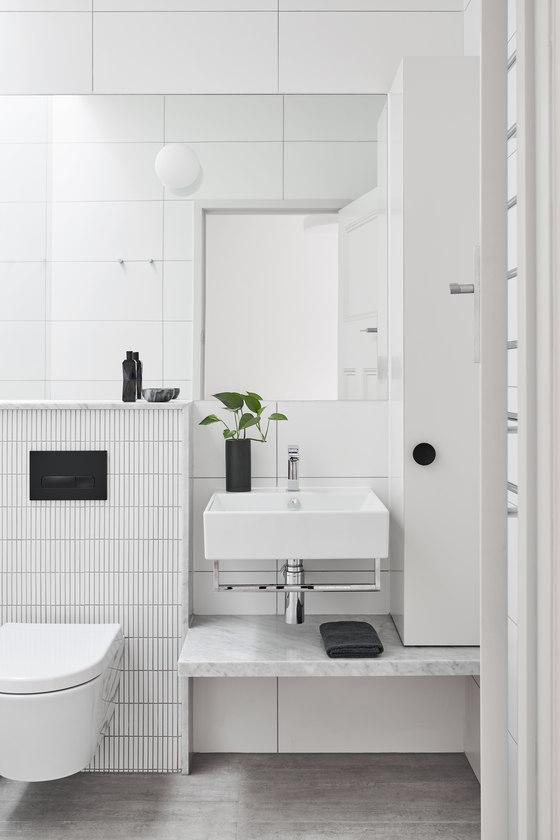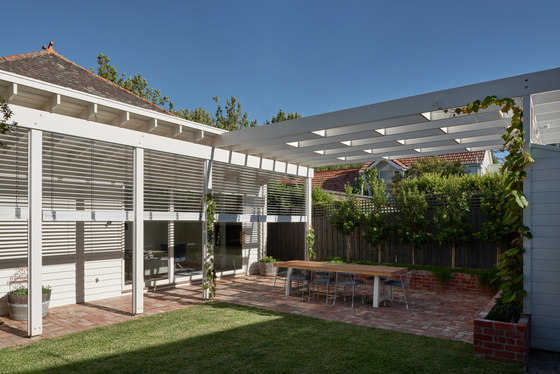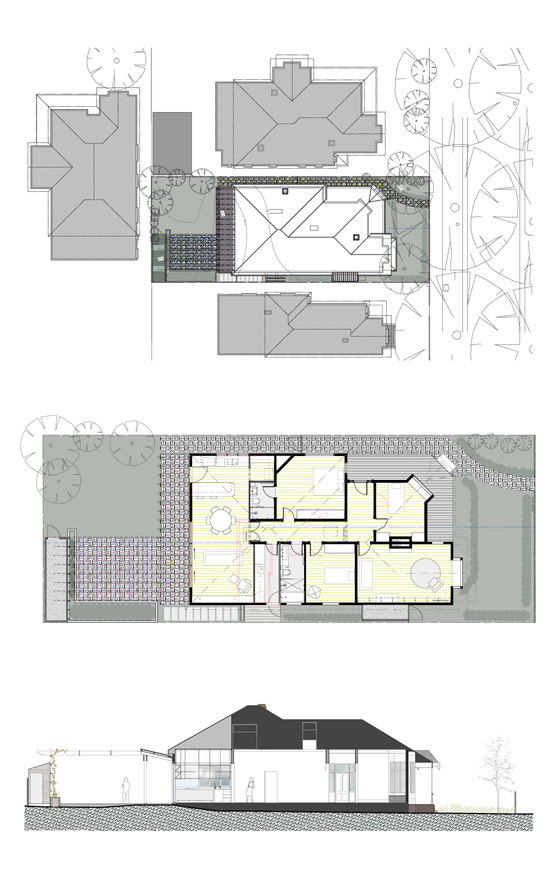This sensitive renovation of a beautiful Edwardian on a leafy street in Malvern East was transformed into a modern family home, whilst keeping the character of the house by preserving the strong original vernacular, and subtly merging it with new elements like structured glass, archways, timber cabinetry and lining boards.
What is the conceptual framework of the project - including underlying principles, values, sustainable initiatives, core ideas and/or philosophy?
This sensitive renovation of a beautiful Edwardian on a leafy street in Malvern East was transformed into a modern family home, whilst keeping the character of the house by preserving the strong original vernacular and subtly merging it with new elements like structured glass, archways, timber cabinetry and lining boards.
Program resolution - how does the functional performance match the clients' brief?
The clients brief has been exceeded, with the house being more functional than they thought possible in a house of its size. Our ‘outside-inside’ idea created the desired spacious feel and flow of the living area and we proofed that small spaces can achieve the quality and comfort of modern living, without adding unnecessary footprint. The house has three distinctive zones: ‘The Light & Airy ‘ (living area), ‘The Comfy’ (bedrooms), and ‘The Calm‘ (lounge).
What contribution does the design make to the lives of the inhabitants?
The clients are very happy with their new home and love how we respected the old house, yet playfully explored a modern design approach and utilised our intricate understanding of the effect of different textures, details and materials. The client’s open mind allowed us to re-think the space they had available rather than going straight to an extension.
The sustainable and modern thinking of this young family made it possible to maintain the “soul” of the original house and to preserve materials wherever possible, including the timber floorboards, stucco features, cornices, pressed metal ceilings, doors, skirtings, windows and walls.
What is the relationship of the built form to the context of the project?
From the street, the only thing that gives away that the house has been renovated is a fresh lick of paint and a modern interpretation of a picket fence with a designer letter box. The sustainable and modern thinking of this young family made it possible to maintain the beautiful character of the original house and allowed us to preserve materials wherever possible, including weatherboards, slate roof, the timber floorboards, stucco features, cornices, pressed metal ceilings, doors, skirtings, windows and walls.
Integration of allied disciplines - how have the contributions of others, including architects, interior designers, landscape architects, builders and other specialists, helped achieve the outcome?
The success of this project is largely due to the beautiful collaboration with the client and builder, who was involved from an early stage. The builder’s input was invaluable in detail resolution, material selection, and building cost planning. A landscaper was introduced later and fully engaged with the brief, which was integral to the success of the external spaces.
Pleysier Perkins were responsible for both the architecture and interior design scope and had a strong input on the interior styling and lighting selection.
Cost/value outcome - how effective were the decisions related to financial issues?
By repurposing the original building fabric we were able to add budget to the interior finishes and landscape. An early feasibility study clearly demonstrated that there was a significant saving in working with the existing building and restricting the design response to the existing footprint.
Pleysier Perkins
